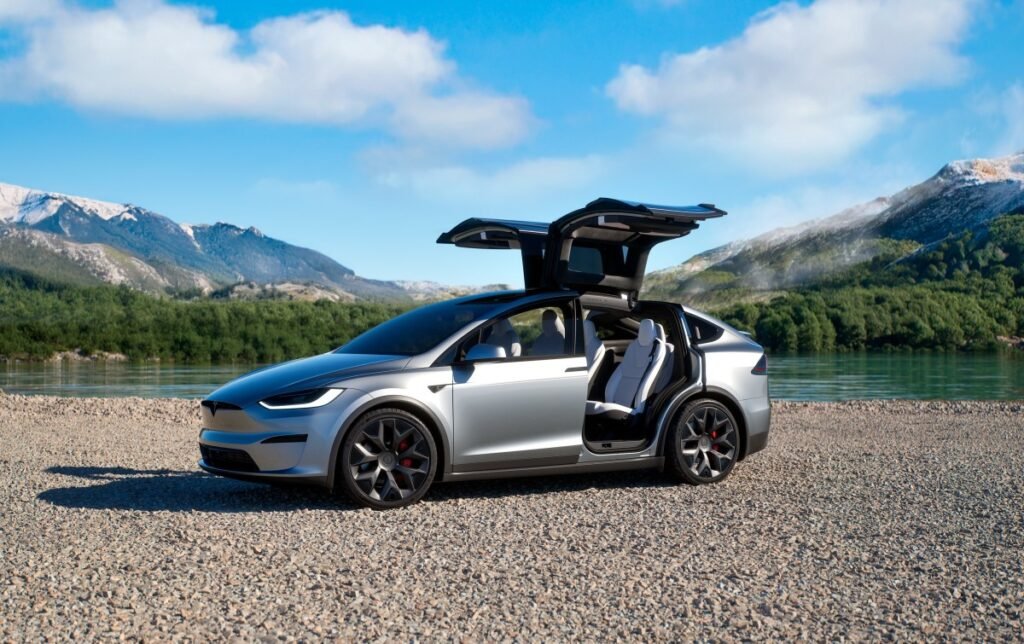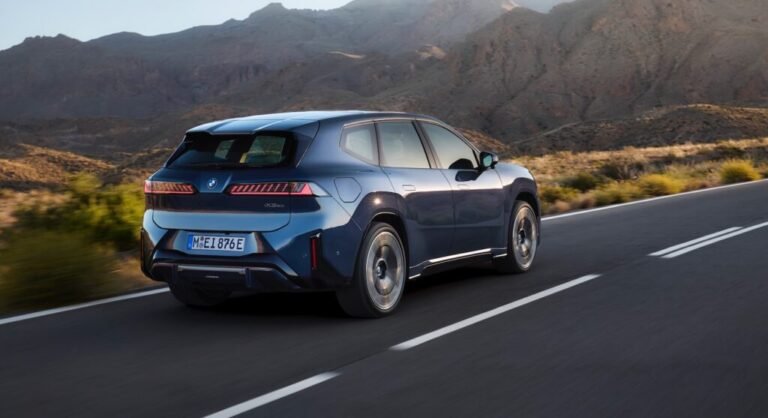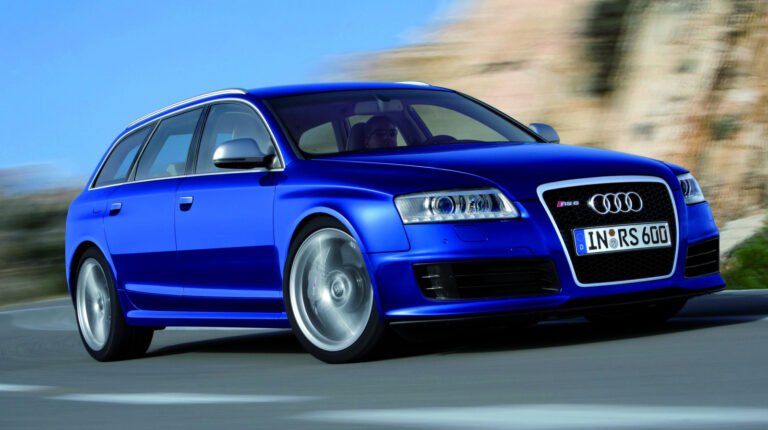
Breaking down the factors behind higher EV insurance costs
A new study has revealed that electric vehicles (EVs) cost about 49% more to insure on average than gas-powered cars. The analysis from Insurify also reports that EV insurance costs have increased by 16% over the last 12 months, and EV drivers pay $4,058 per year for coverage, versus the average annual insurance cost of $2,732 for internal combustion engine (ICE) cars.
There are a few factors that contribute to this price disparity. Higher repair costs associated with EVs are one such factor, along with lower EV adoption rates, which themselves are influenced by charging infrastructure presence, incentives, and more. Those lower EV adoption rates result in fewer available mechanics, which increases labor time and cost. Fewer charging stations could lead to more drivers running out of charge, and since roadside assistance is often offered as an insurance add-on, insurers may face higher roadside service demand and thus raise the cost of assistance plans. Conversely, areas with more charging infrastructure and financial incentives for EVs have lower ownership risks and prices.
As for financial incentives, the $7,500 federal EV tax credit is set to expire on September 30, and its unavailability could lower EV adoption rates. In the Insurify report, Carl Rodriguez, founder and head of marketing at NX Auto Transport, said, “I think in the long run, state policies promoting the purchase of EVs are what will ultimately decide the fate of these cars. Higher adoption rates dictate the availability and price of repairs, charging rates, and even insurance costs. That’s the bulk of EV expenses right there.”
Considering a Tesla? Be prepared for potentially steep insurance rates
If you’re considering a Tesla Model X or Model 3, Insurify highlights that these two vehicles have the highest average insurance costs, at $4,765 and $4,546, respectively, with coverage costs for the Tesla Model X having risen 36% since last year. The Model 3’s high premium partially stems from data indicating that the average claims frequency for a Tesla Model 3 was 26.95%, compared to a 3.12% average claim frequency for other EVs in Q1 2025. The Tesla Model Y and Model S were listed as the third- and fourth-most expensive EVs to insure in Insurify’s study. Like the Model X and Model 3, there’s a significant price gap between the Model Y and Model S, but the cheaper Model Y has a higher claims rate of 29.47%.
Tesla
The three most expensive U.S. states to insure an EV vs. gas-powered cars
Some states have higher EV insurance rates than others due to varying factors such as weather, theft, and vandalism. Insurify ranked Arkansas as having the most expensive EV insurance costs in the U.S., at $4,817, whereas coverage for a gas-powered car in the state pales in comparison at $2,415. Only 0.27% of Arkansas’s registered cars are EVs, significantly below the nationwide adoption rate of 1.24%. Pennsylvania and Idaho ranked second and third, respectively, in the list of the most expensive states to insure an EV. Drivers in Pennsylvania are paying an average EV premium of $4,598, while those in Idaho face a $3,332 average figure.
Final thoughts
The cost of insuring an EV has risen 16% in the last year, underscoring the importance of financial preparation. When budgeting for insurance, EV shoppers should remain aware of the ten most expensive models to insure, which are:
- Tesla Model X: $4,765
- Tesla Model 3: $4,546
- Tesla Model Y: $4,189
- Tesla Model S: $3,909
- Cadillac Lyriq: $3,752
- Hyundai Ioniq 5: $3,503
- Honda Prologue: $3,402
- Kia EV6: $3,062
- Volkswagen ID.4: $2,960
- Ford F-Series Lightning: $2,778
It’s also helpful to know the least expensive states to insure an EV on average compared to gas-powered cars. New Jersey is ranked as the least costly U.S. state for EV coverage, at $3,563, followed by California at $3,827 and Maryland at $6,142. While Maryland’s average EV insurance rate is much higher than New Jersey’s and California’s, its adoption rate, urban population, and state incentives help narrow the gap compared with other expensive states.



